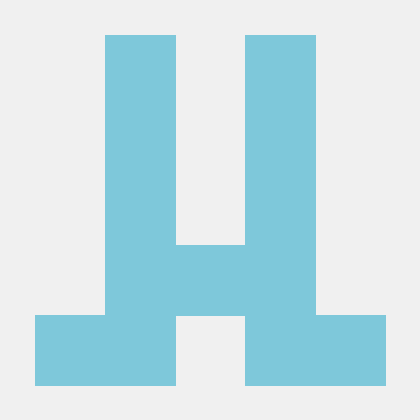Discover and explore top open-source AI tools and projects—updated daily.
awesome-diarization by  wq2012
wq2012
List of resources for speaker diarization
Top 23.7% on SourcePulse
This repository is a curated list of resources for speaker diarization, covering papers, software, datasets, and learning materials. It aims to organize and make accessible the world's speaker diarization knowledge for researchers and practitioners.
How It Works
The list is organized into categories such as publications, software frameworks, evaluation metrics, clustering algorithms, speaker embedding methods, and datasets. It provides links to relevant GitHub repositories, papers, and other resources, facilitating discovery and adoption of state-of-the-art techniques and tools.
Quick Start & Requirements
- Primary install / run command: Varies by linked software; many are Python-based (e.g.,
pip install pyannote-audio). - Prerequisites: Python, PyTorch, TensorFlow, Kaldi, MATLAB, Java, C++ depending on the specific tool. Some require specific CUDA versions for GPU acceleration.
- Resources: Datasets can be large (tens to hundreds of GBs). Training models can require significant GPU resources.
- Links: pyannote.audio, SpeechBrain, FunASR.
Highlighted Details
- Comprehensive coverage of recent advancements, including LLM-based diarization and end-to-end neural approaches.
- Detailed tables of software frameworks, evaluation metrics, and speaker embedding methods with language and framework information.
- Extensive lists of datasets, including pricing and descriptions, for both diarization and speaker embedding training.
- Includes resources for audio feature extraction, data augmentation, and speaker change detection.
Maintenance & Community
- The repository is community-driven, accepting contributions via pull requests.
- No specific maintainer or community links (Discord/Slack) are listed in the README.
Licensing & Compatibility
- Licenses vary significantly across linked projects, ranging from permissive (MIT, Apache) to more restrictive ones. Users must check individual project licenses.
- Compatibility for commercial use depends on the specific software and dataset licenses.
Limitations & Caveats
- This is a curated list, not a runnable software package itself. Users must integrate and manage individual components.
- Some older entries may reference outdated techniques or software versions.
- The "awesome" nature implies a subjective curation, and not all listed items may be actively maintained.
3 months ago
1 day

 DongKeon
DongKeon egorsmkv
egorsmkv davidmartinrius
davidmartinrius revdotcom
revdotcom EmulationAI
EmulationAI lablab-ai
lablab-ai hitachi-speech
hitachi-speech microsoft
microsoft kadirnar
kadirnar wenet-e2e
wenet-e2e modelscope
modelscope yl4579
yl4579